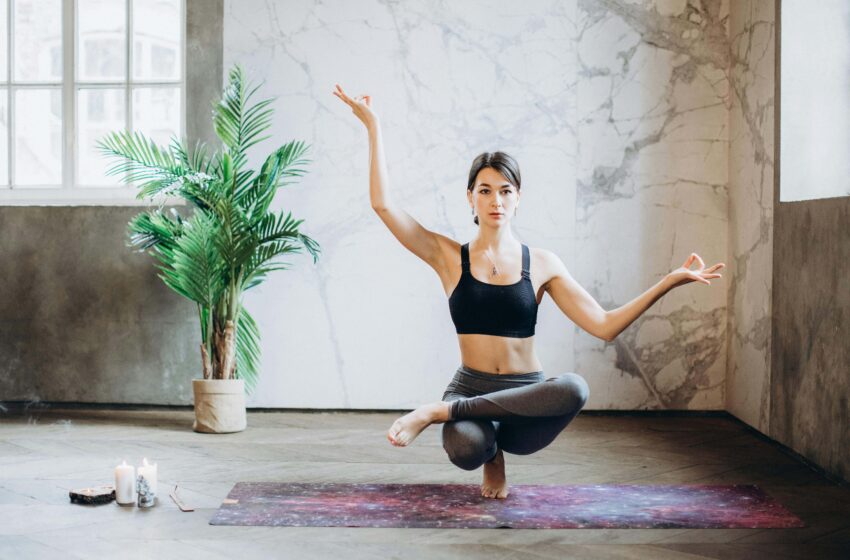Finding Balance: How Yoga Enhances Flexibility and Reduces Stress

In today’s fast-paced world, finding moments of peace and balance is more important than ever. Yoga, an ancient practice that combines physical postures, breathing exercises, and meditation, offers a holistic approach to health and well-being. One of the key benefits of yoga is its ability to improve flexibility and reduce stress. In this article, we’ll explore how it can help you achieve greater flexibility and a more relaxed state of mind.
Understanding Flexibility
Flexibility is the ability of your muscles and joints to move through their full range of motion. It plays a crucial role in maintaining good posture, preventing injuries, and enhancing athletic performance. As we age, our muscles tend to become tighter, which can lead to decreased flexibility and mobility. Yoga helps to counteract this by stretching and lengthening the muscles, promoting greater flexibility over time.
The Physical Benefits of Yoga for Flexibility
Yoga consists of a series of poses, or asanas, that target different muscle groups in the body. These poses gently stretch and strengthen the muscles, improving flexibility and range of motion. Some of the key yoga poses for enhancing flexibility include:
Forward Fold (Uttanasana): This pose stretches the hamstrings and calves, promoting flexibility in the back of the legs.
Downward-Facing Dog (Adho Mukha Svanasana): This pose stretches the entire back body, including the spine, hamstrings, and calves, while also strengthening the arms and shoulders.
Cobra Pose (Bhujangasana): This pose opens up the chest and stretches the front of the body, including the abdomen and hip flexors.
Pigeon Pose (Eka Pada Rajakapotasana): This hip-opening pose helps to increase flexibility in the hips and groin.
The Mental Benefits of Yoga for Stress Reduction
In addition to its physical benefits, yoga is also known for its ability to reduce stress and promote relaxation. The practice of yoga incorporates mindfulness and breath awareness, which help to calm the mind and reduce anxiety. It has been shown to lower levels of cortisol, the stress hormone, and increase the production of feel-good neurotransmitters like serotonin and dopamine.
How Yoga Combines Flexibility and Stress Reduction
Yoga combines physical movement with breath awareness and mindfulness, creating a unique mind-body connection. By focusing on the breath and being present in the moment, it helps to calm the mind and reduce stress. The physical poses also help to release tension in the body, promoting greater flexibility and a sense of relaxation.
Conclusion
In conclusion, yoga offers a wide range of benefits for both the body and mind. By practicing it regularly, you can improve your flexibility, reduce stress, and enhance your overall sense of well-being. Whether you’re a beginner or an experienced yogi, incorporating yoga into your routine can help you find balance and peace in a hectic world.
